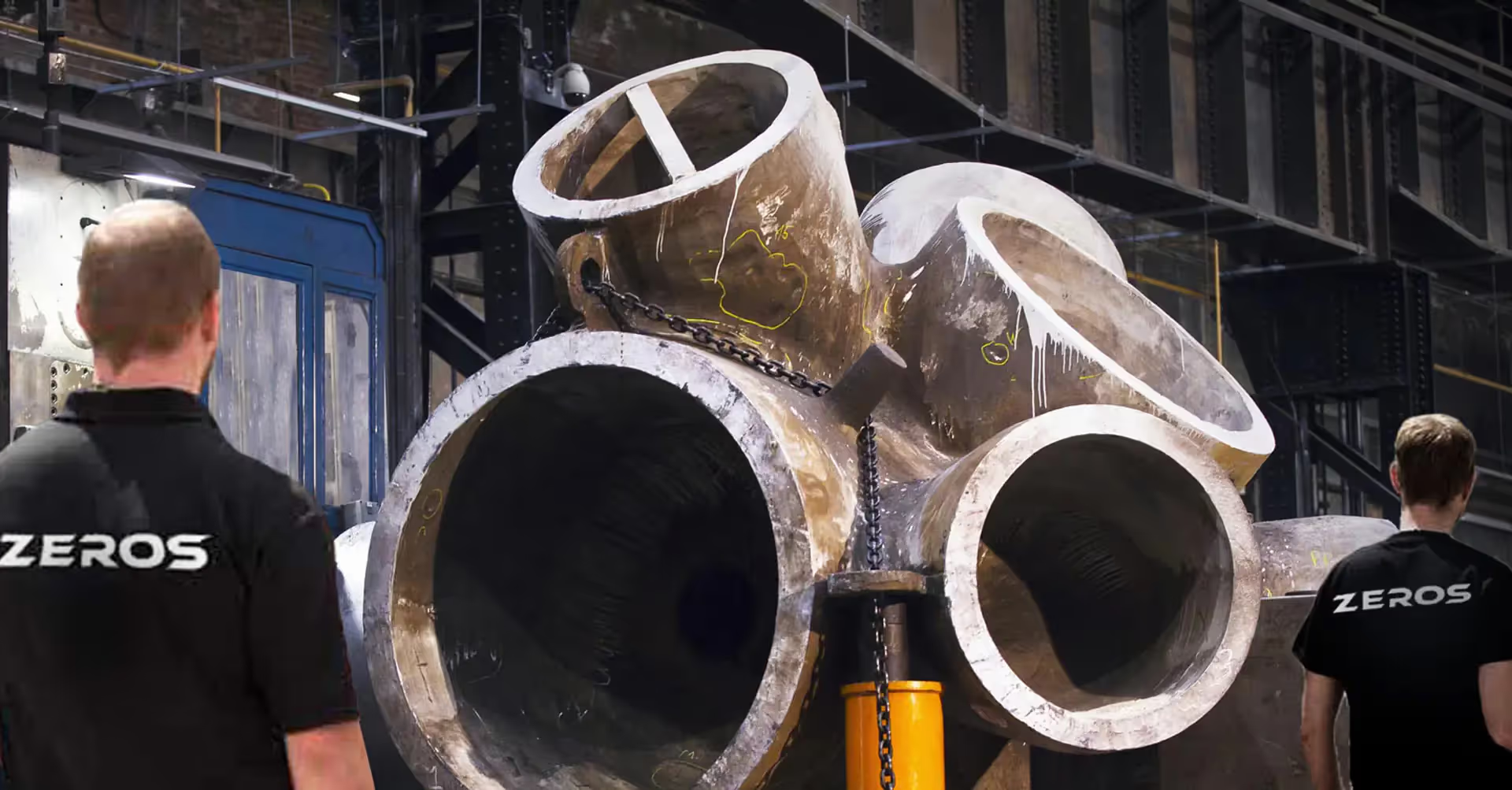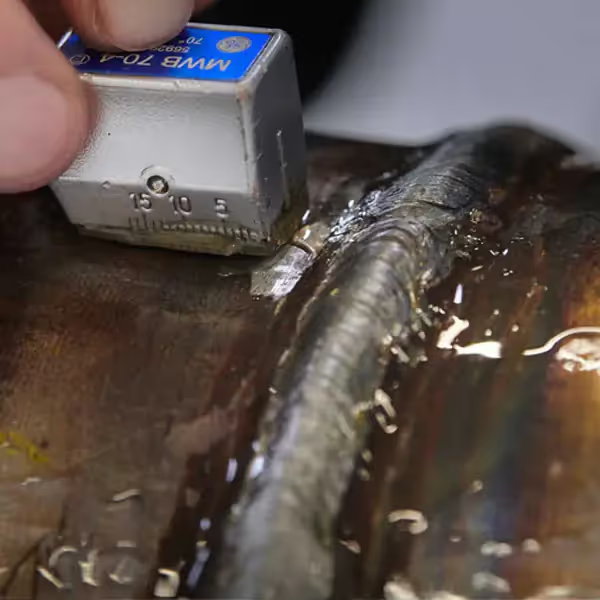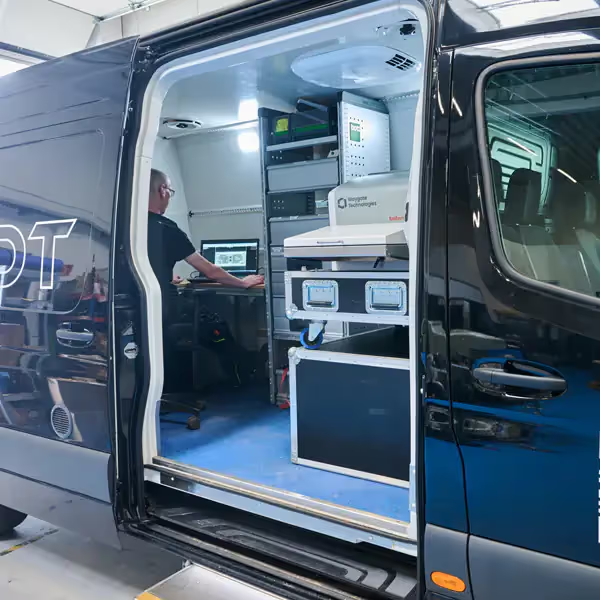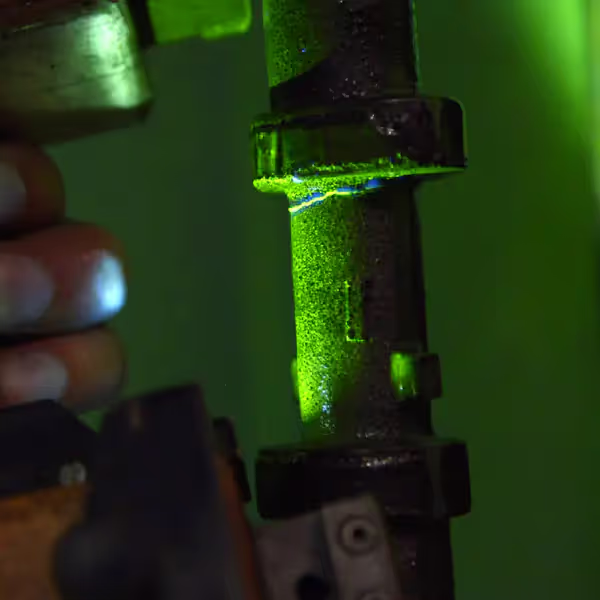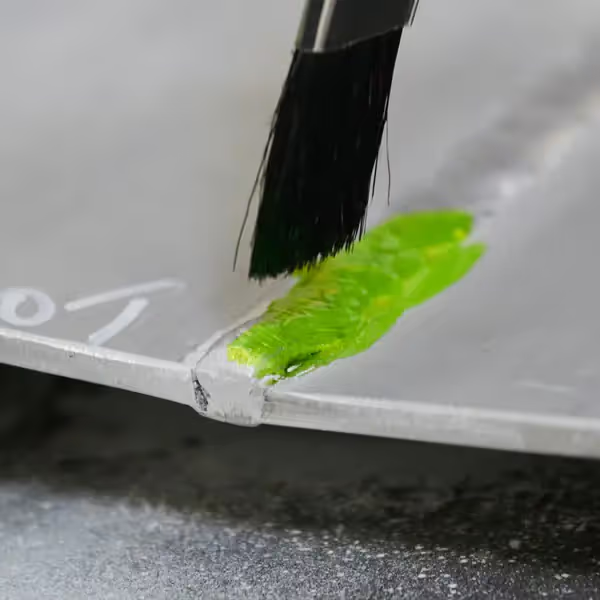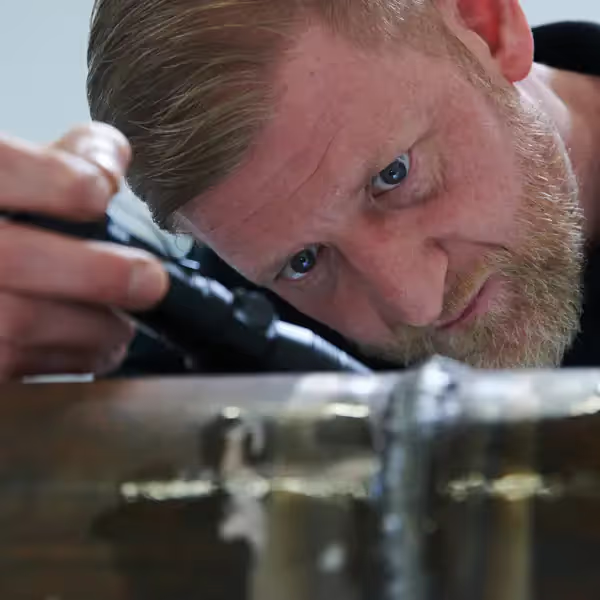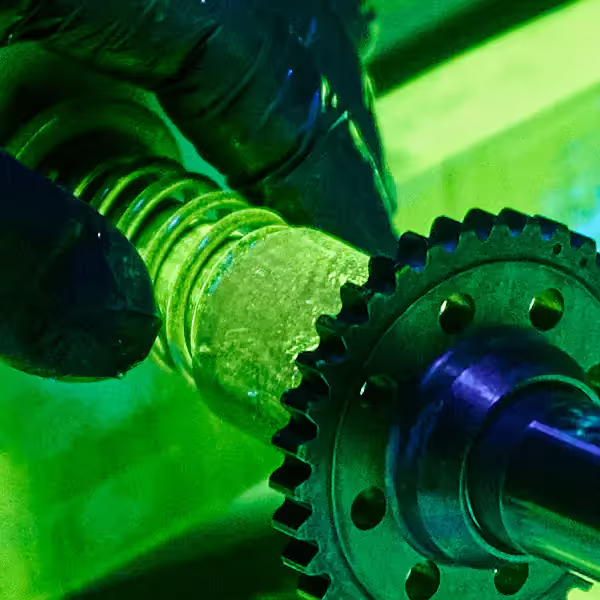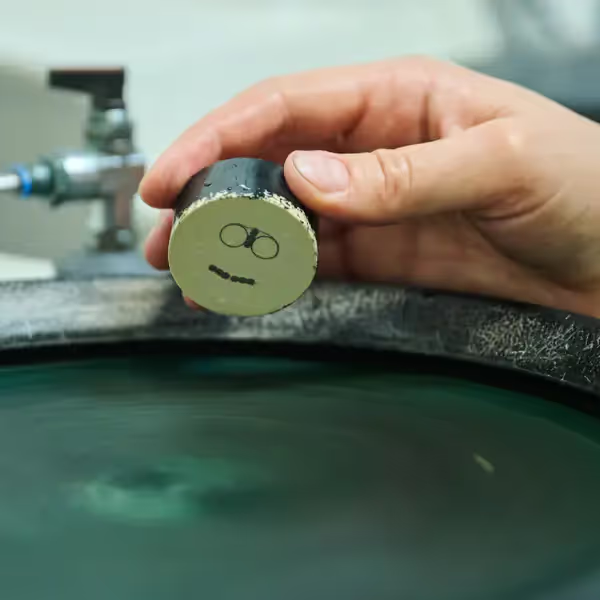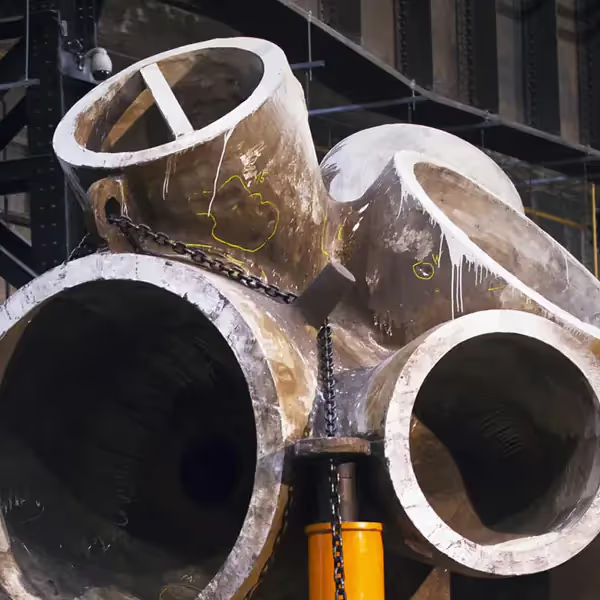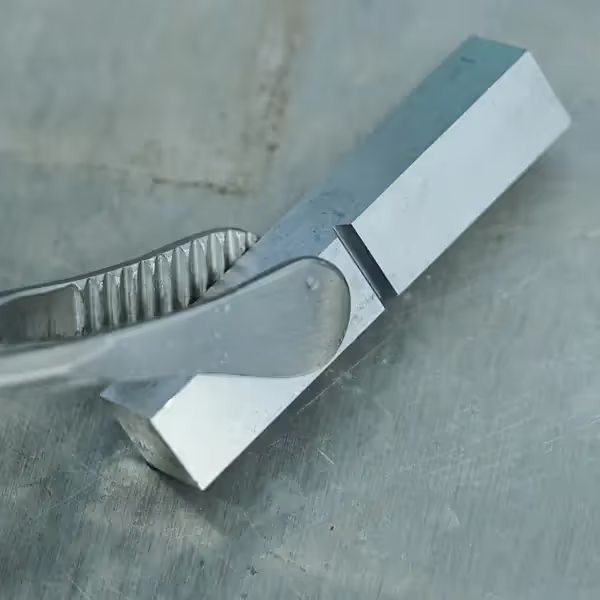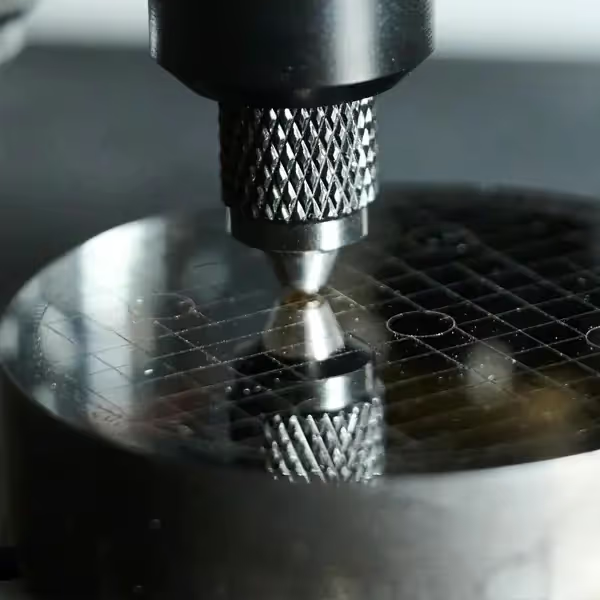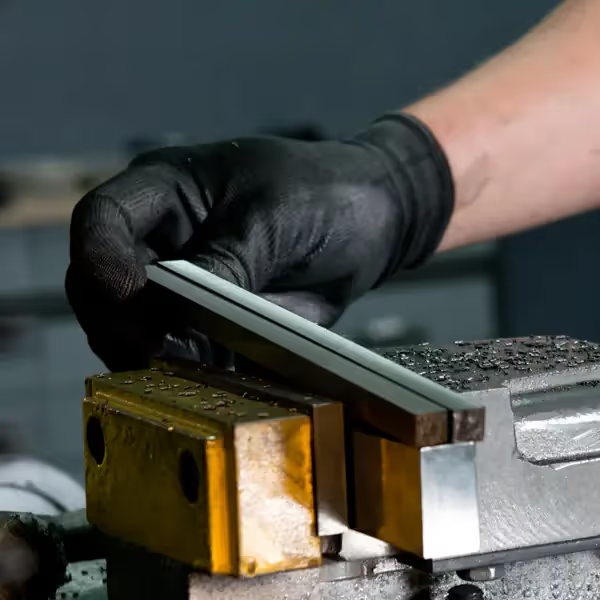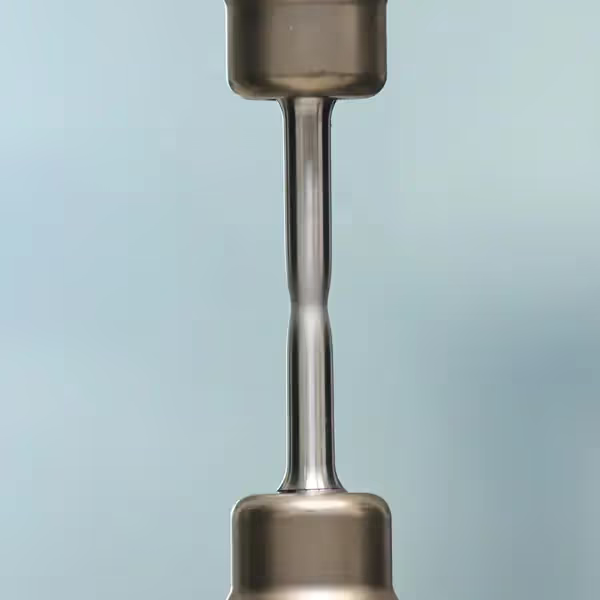Below is an overview of the most common defect types in cast parts, their causes, and the suitable inspection methods for detection.
| Defect Group | Defect Type | Causes | Detectability |
|---|---|---|---|
| Voids | Pores, Gas Bubbles | Insufficient drying of mold/core, inadequate deoxidation, high gas contents, insufficient venting | UT · RT |
| Voids | Metallic Inclusions | Incomplete dissolution of alloying elements or foreign metals | MT · RT |
| Voids | Shrinkage Cavities | Volume shrinkage during solidification, insufficient feeding, high casting temperature, sharp cross-section transitions | UT · RT |
| Cracks | Hot Cracks | Intergranular stress/shrinkage cracks during solidification; unfavorable design, sulfur content, too high casting temperature | UT · RT · MT · PT · VT |
| Cracks | Cold Cracks | After solidification due to restraint/uneven cooling; external stresses | UT · RT · MT · PT · VT |
| Cold Shut | Cold Shut (Die Casting: Cold Flow Line) | Too low casting/mold temperature, low casting speed/height | UT · RT · VT |
